Neural Crest Cells Contribute an Astrocyte-like Glial Population to the Spleen
- PMID: 28349968
- PMCID: PMC5368681
- DOI: 10.1038/srep45645
Neural Crest Cells Contribute an Astrocyte-like Glial Population to the Spleen
Abstract
Neural crest cells (NCC) are multi-potent cells of ectodermal origin that colonize diverse organs, including the gastrointestinal tract to form the enteric nervous system (ENS) and hematopoietic organs (bone marrow, thymus) where they participate in lymphocyte trafficking. Recent studies have implicated the spleen as an anatomic site for integration of inflammatory signals from the intestine with efferent neural inputs. We have previously observed alterations in splenic lymphocyte subsets in animals with defective migration of NCC that model Hirschsprung's disease, leading us to hypothesize that there may be a direct cellular contribution of NCC to the spleen. Here, we demonstrate that NCC colonize the spleen during embryogenesis and persist into adulthood. Splenic NCC display markers indicating a glial lineage and are arranged anatomically adjacent to blood vessels, pericytes and nerves, suggesting an astrocyte-like phenotype. Finally, we identify similar neural-crest derived cells in both the avian and non-human primate spleen, showing evolutionary conservation of these cells.
Conflict of interest statement
The authors declare no competing financial interests.
Figures
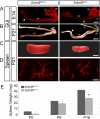
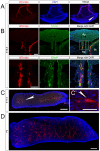
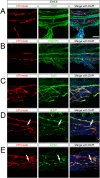
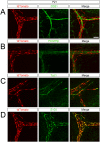

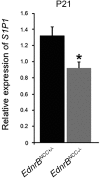
References
-
- van der Zanden E. P. et al.. Vagus nerve activity augments intestinal macrophage phagocytosis via nicotinic acetylcholine receptor alpha4beta2. Gastroenterology 137, 1029–39– 1039.e1–4 (2009). - PubMed
-
- Takahashi Y., Sipp D. & Enomoto H. Tissue Interactions in Neural Crest Cell Development and Disease. Science 341, 860–863 (2013). - PubMed
Publication types
MeSH terms
Substances
Grants and funding
LinkOut - more resources
Full Text Sources
Other Literature Sources

